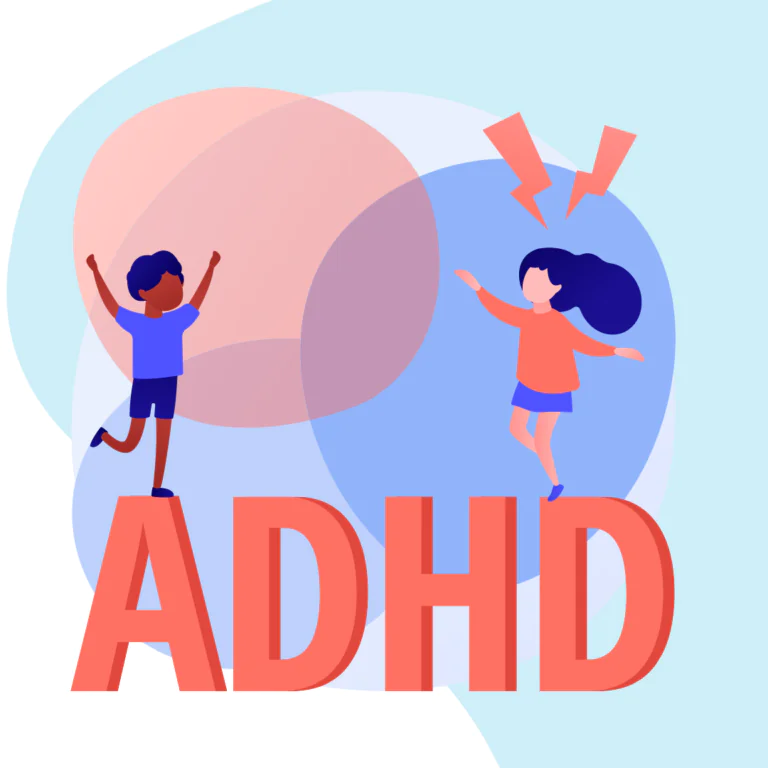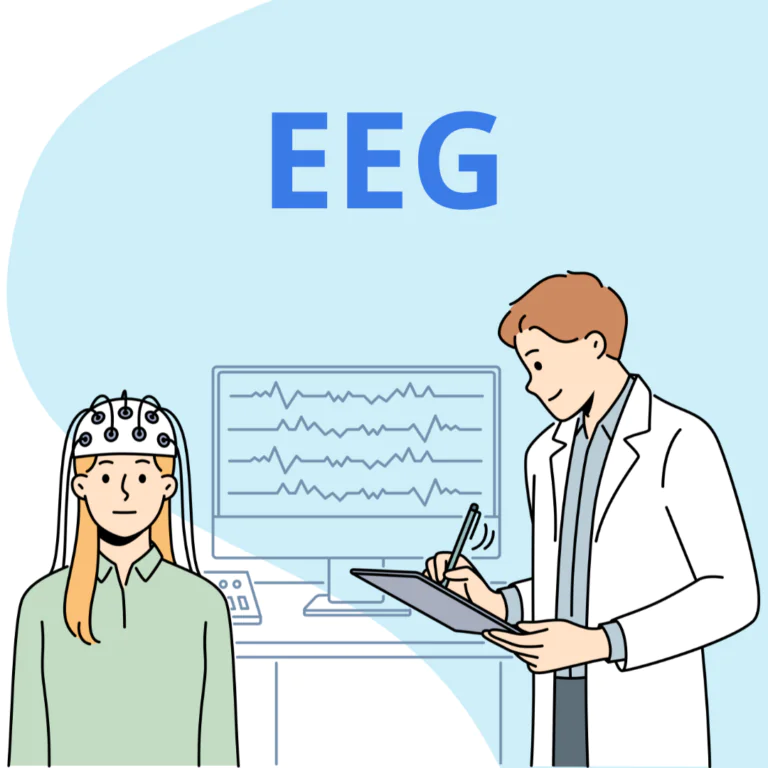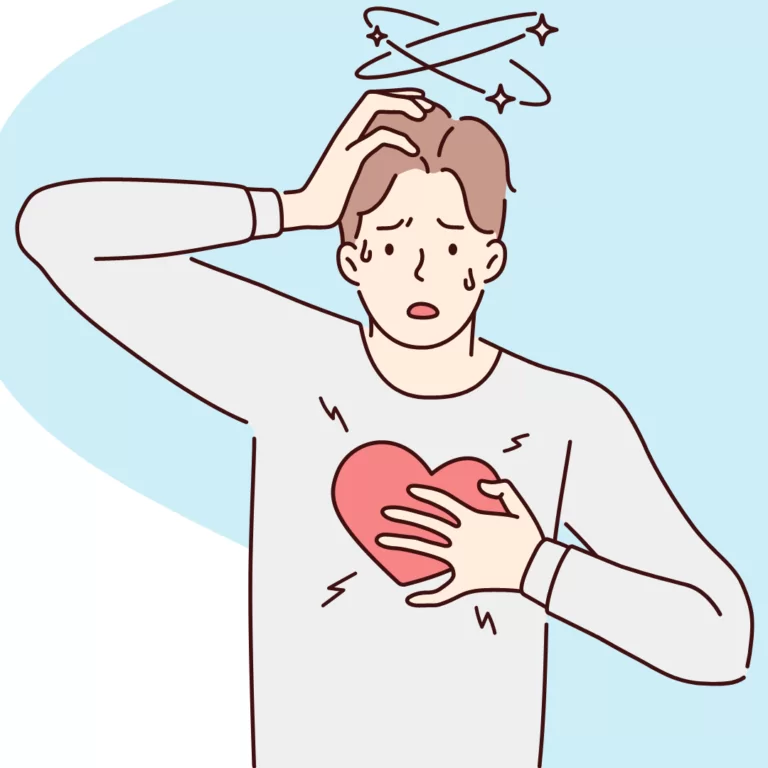It is estimated that there are about 400 000 people suffering from epilepsy in Poland. Only about one third of them are professionally active. This is mainly due to lack of knowledge about epilepsy and fear of it among the society. There is a belief that patients cannot function independently. Many people subconsciously fear seizures. Although there are, of course, some very severe epilepsies, the vast majority of patients do not have seizures at all or have them infrequently, thanks to the medication they take. And although some epilepsies cause mental retardation, for most people the disease has no effect on their intellect. Therefore each person’s ability to work is slightly different and it is worth discussing this with your doctor.
Below are some of the most important issues concerning professional activity of people with epilepsy.
Table of contents
What jobs can a person with epilepsy do?
- In fact, most occupations are open to people with epilepsy whose seizures are well controlled with medical treatment.
- There are no restrictions on intellectual work.
- There is currently no risk of inducing a seizure with the new computer monitors (unless one is testing computer games with flashing lights, but this is due to the content of the image, not the monitor).
- Most jobs that require manual labour, with the exceptions described below.
What can’t a person with epilepsy do?
- Cannot work at height.
- Must not drive professionally, fly planes, etc.
- Should not work with moving machinery (e.g. machine tools, lathes etc.).
- Excluded is work with hazardous materials, e.g. welding, work with hazardous chemicals, with valuable and fragile objects etc.
- Cannot perform work related to high-risk sports: diver, skydiver, etc.
- In the uniformed services epilepsy excludes work in most positions.
- Epileptic patients should avoid working at night.
What should the employer remember?
The employer, who employs an employee suffering from epilepsy, may obtain a subsidy from the PFRON for employing a person with a particular illness.
As far as the adaptation of the workstation is concerned, it is not usually necessary to carry out any great works. Basically, it is necessary to ensure that there are no dangerous objects near such an employee, e.g. sharp things, boiling water and the like, with which he could injure himself in the event of a seizure. In most cases, common sense will suffice. The opinion of the occupational doctor or the doctor treating the sick person may also help. Remember, of course, to recruit wisely. It does not make sense to employ a person with epilepsy for a position such as a fitter at height.
Once you have hired a person with epilepsy, it seems sensible to inform your closest colleagues about the illness and to train them in first aid in case of a seizure. As you will see in this blog post, this is very simple. Showing what a seizure looks like in real life and how to behave reduces anxiety and improves safety at work.
In summary: with the current advances in medicine, most patients can lead a normal private and professional life. Unfortunately, epilepsy still evokes many negative connotations, so that people suffering from it sometimes face discrimination both in employment and at work itself.
Sources:
- Staniszewska A., Sobiecki M., Duda-Zalewska A., Religioni U., Juszczyk G., Tatara T. et al., Professional activity of people with epilepsy. “Medycyna Pracy” 2015; 66(3): 343-350. doi: 10.13075/mp.5893.00051.
- REGULATION OF THE MINISTER OF HEALTH of August 29, 2019 in examining medical matters of people improving their entitlements to inspect vehicles and drivers.
- REGULATION OF THE MINISTER OF INTERNAL AND ADMINISTRATION of October 11, 2018 on the list of diseases and disabilities, along with the categories of ability to serve in the Police, Border Guard, Marshal’s Guard, State Fire Service and State Protection Service.




